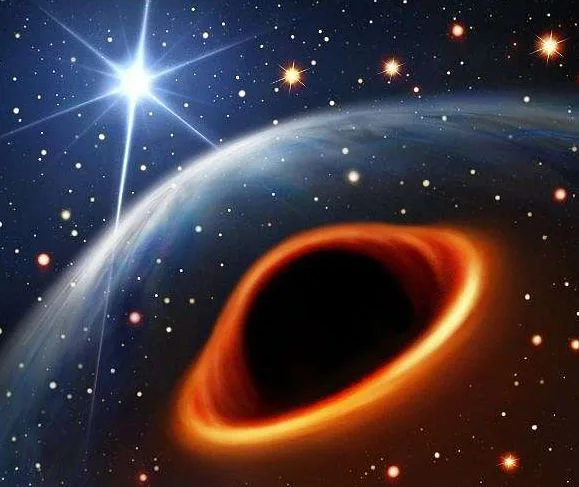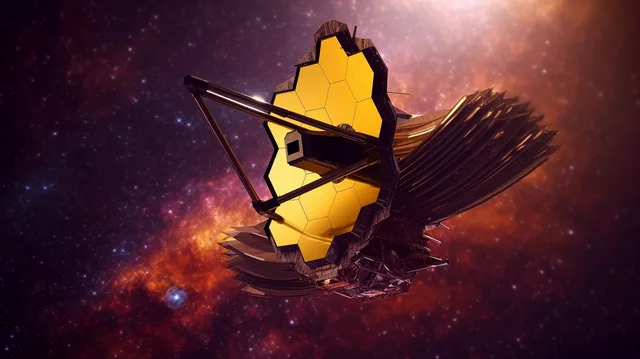Within a two-week period Io, Jupiter’s moon, experienced two massive outbursts in August 2013. Astronomers speculated that these volcanic eruptions could be regular phenomenon that can spew materials in huge quantities above the surface. If we talk about ratio, it could be somewhere from one huge outburst per one or two years but Io suggested more than this.
Io is the innermost moon out of the planet’s four large Galilean moons. It is more than 3,600 km across. It is the only space body that is known so far, by its volcanic eruptions, quite similar to planet Earth. These outbursts envelop the moon in form an umbrella, which is composed of debris, and rise above into space due to its low gravity.
Huge lava fountains gushing out of fissures
Davies one of the lead researcher suggested that the current outbursts are new since it has relatively high thermal emission, which till date had not expected from the space body of Io’s size. Emitted energy insinuated that huge quantities of lava is gushing out which is rapidly spreading over the moon’s surface.
The three and most powerful eruptions, of Aug 2013, have blasted out massive fissures that are quite a lot of miles long. Astronomers have characterized them as “curtains of fire”.
Three outbursts in one month
With the help of near-infrared camera (NIRC2) along with Keck II telescope’s adaptive optics system De Pater was able to discover two outbursts on Aug. 15, 2013 in the southern hemisphere of Io. Rarog Patera, the brightest one gave out 130-square-kilometer and 10-meter thick lava flow while the other called Heno Patera produced 310 square kilometers of lava.
De Pater also discovered the third eruption that occurred on Aug 29. He used Near-Infrared Imager with adaptive optics on the Gemini North telescope and SpeX near-infrared spectrometer for detecting the outbursts.
Model based on spectroscopic observations
In order to understand the volume of lava based on spectroscopic observations, Davies created a model. He concluded that it would assist in understanding the processes that have resulted in shaping the surfaces of spatial bodies like planets and moon.
It was in the year 1979 that the first volcanic eruption was noticed on Io. Since then the moon is under observation and as per stats, there have been 13 collisions reported between 1978 and 2006. These outbursts are similar to the ones as observed in the primordial stage of Earth and Venus.
Io’s surface under observation
Team behind the study envisions that by tracking Io’s surface annually, they would be able to conclude the style of moon’s volcanic eruptions, the composition of lava and over the surface distribution of heat flow. This data will help them in determining the physical processes that are involved in heating and cooling processes on surface level of the moon.
Source: NASA Jet Propulsion Laboratory




